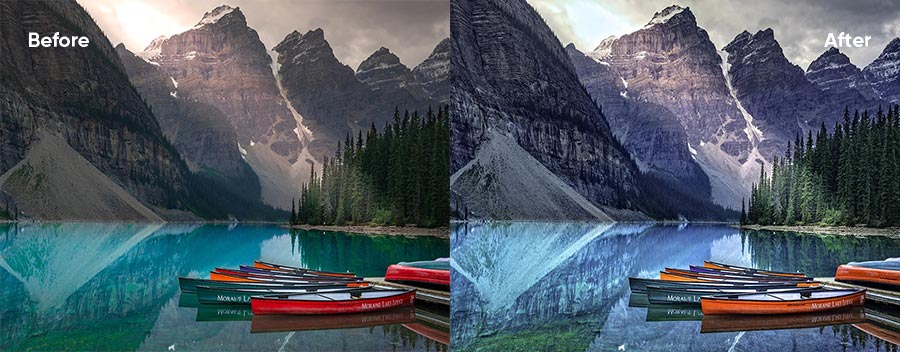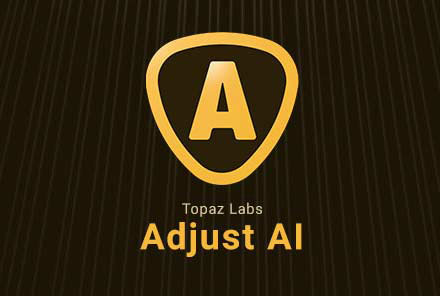
- #Topaz adjust ai vs luminar full#
- #Topaz adjust ai vs luminar software#
- #Topaz adjust ai vs luminar iso#
- #Topaz adjust ai vs luminar download#
#Topaz adjust ai vs luminar software#
Our photography tools, software included, are relatively inexpensive for what they allow us to do and problems they solve. I photographed a broadcast studio last week and I was told a Fuji box lenses on one of the rigs goes for $178K! The entire rig, camera, lens, pedestal tripod and the cradle goes for almost $300K. Price while may be high for some and perception may be that the software companies are milking us for things we do not need, I think the right tool makes our lives a lot easier.
#Topaz adjust ai vs luminar iso#
I am forced to shoot a lot of high ISO images these days and the noise reduction function is invaluable. I think if the Denoise is better of the two (Topaz/On1) I would pay for the software just for that. My friend uses the Gigapixel and loves it. From the few comparisons that I have seen, they both have pluses and minuses.

I would love to see do a comparison with On1 denoise. I am mostly interested in the DeNoise AI module.
#Topaz adjust ai vs luminar full#
You would also prefer adobe offering the whole CC and ditch single apps? So if you do something with graphics you need ps, lr, illustrator, express, inDesign, animate, substance etc ah and we're at it maybe the video centric apps as well despite one just wanting lr/ps? Or maybe offering only the whole CC suite at full price? That is more comparable.

#Topaz adjust ai vs luminar download#
As example if you don't need gigapixel ai (it really isn't that great with full sized photos but pretty good if you download small resolution photos from web and get them into print size). With the single one you also have the opportunity to stay cheaper by leaving out what you don't need. Meaning you are happy paying the same price for less capabilities? (ok atm it is cheaper, we'll see if it stays at a discount like the single apps or goes up). Unlike the Topaz plugins, which have to be installed separately, Luminar Neo offers all the features you need with a single installation. Well the combined app costs as much as all three together, so price wise nothing changed except that you get more with the single apps as they offer more options, more AI models and more control. To be honest it was much more refined before the refinement in the presentation.ĪI Clear for denoise seems to be gone? It wasn't the best but more consistent for batch processing as a last refinement for delivery or clearing spots or lines (you know those artifacts that might appear as leftovers of NR when dealing with heavy noise). You can grow it to cover missed spots sure but it starts growing those that were already pretty good to cause effects on the background without an option to limit that. Now you have to manually blend it in a different program. Or a recover original detail slider which acted as a soft blend mode to get something in between which was useful against some ai errors as well. You had more choices and could make some tweaks as there always were parts which looked "funny" in some images (masking out with a brush in worst case situations but you could do it). Luminar Noiseless AI vs Topaz Denoise AI Which is BETTER Anthony Morganti 382K subscribers Subscribe 372 Share 11K views 5 months ago Luminar Neo In this tutorial, I compare Topaz. Alternatively, you can also subscribe to the software package with extensions for 14.95 Euro per month ($16) or 109 Euro per year / 9.08 Euro per month ($9).Oww the control is pretty limited compared to the standalone apps. The extension bundle containing seven plugins (including Upscale AI) costs 269 Euro ($279). Luminar Neo is currently available at a special price of 119 Euro ($123). You'll need Luminar Neo, a Lightroom alternative with many AI features, to use the software. Skylum's Upscale AI was released on Thursday, 10 November at 5 pm. On the other hand, Gigapixel AI remains the better choice for people who want the best AI upscaling quality and greatest flexibility possible right now.


Those who already use this relatively new Lightroom alternative are getting another practical tool with Upscale AI. But one great feature of this software is its seamless integation into Luminar Neo. In this (the very first, perhaps) showdown, Skylum's Upscale AI proves unable to outperform the competition. Verdict: Upscale AI is practical, but not perfect


 0 kommentar(er)
0 kommentar(er)
